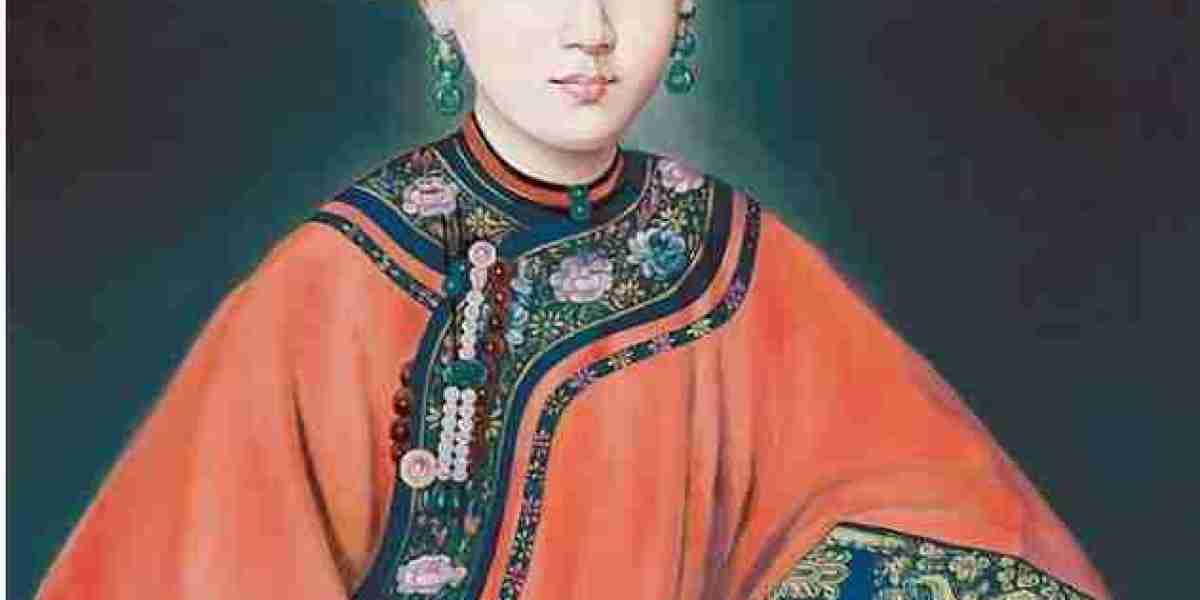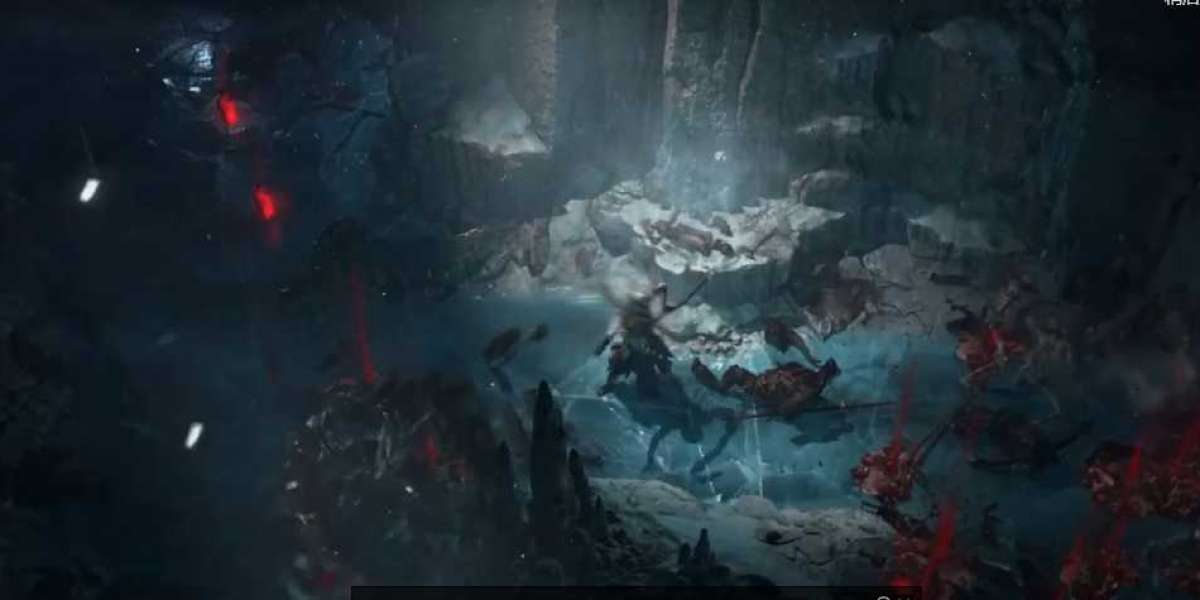Giuseppe Castiglione, an Italian Jesuit missionary, is a name that resonates strongly in the world of art and cultural exchange. Born in Milan in 1688, Castiglione's journey took him far from his homeland, leading him to China, where he would leave an indelible mark on the art scene and serve as a cultural bridge between East and West.
Castiglione's artistic talents quickly gained recognition in his early years. He showed a remarkable aptitude for painting and was accepted into the Society of Jesus, an order of Catholic priests. In 1715, he embarked on a voyage that would shape the course of his life. He set sail for China, where he would spend the next 51 years blending his Italian artistic background with Chinese influences to create a unique style that would later be celebrated as an exemplary display of cultural synthesis.
Upon arriving in China, Giuseppe Castiglione adopted the name Lang Shining. He immersed himself in the local culture, studying not only the language but also traditional Chinese painting techniques. This dedication to learning and adapting allowed him to create art that resonated with both Chinese and Western sensibilities. His ability to bridge these two worlds is evident in his paintings, which often depict Chinese subjects using Western techniques, resulting in a harmonious fusion.
Castiglione's influence was not limited to art alone; he also played a role in fostering cross-cultural understanding. He became a trusted artist within the imperial court of the Qing Dynasty, serving various emperors with his skills. His work was not only admired but also seen as a tool for diplomatic and cultural exchange between China and Europe. Through his art, Castiglione was able to convey messages, share knowledge, and cultivate relationships that transcended language barriers.
One of his most celebrated works is the painting "One Hundred Horses," a monumental piece that showcases his mastery over the brush and his ability to capture movement and expression. The painting reflects his deep appreciation for Chinese equestrian art while maintaining his Western techniques. "One Hundred Horses" is an embodiment of Castiglione's role as a bridge between cultures, encapsulating his capacity to connect people through the universal language of art.
Giuseppe Castiglione's legacy endures to this day, reminding us of the power of artistic expression to transcend borders and unite people. His dedication to understanding and incorporating different cultural elements into his work serves as an inspiration for artists and individuals striving to bridge gaps between diverse societies. Castiglione's story reminds us that even in times when the world seems divided, creativity and shared appreciation for art can pave the way for mutual understanding and harmony.
In conclusion, Giuseppe Castiglione's journey from Italy to China, and his subsequent blending of artistic techniques, stands as a testament to the potential of art to foster cultural exchange. His ability to seamlessly meld two distinct artistic traditions showcases the universal nature of creativity. Castiglione's legacy encourages us to celebrate our differences while finding common ground through the language of art, ultimately reminding us of our shared humanity.



